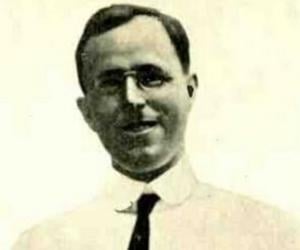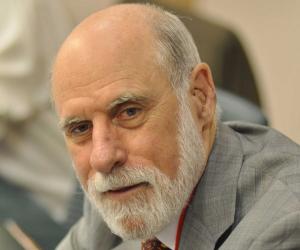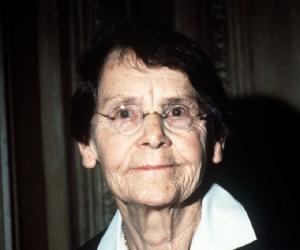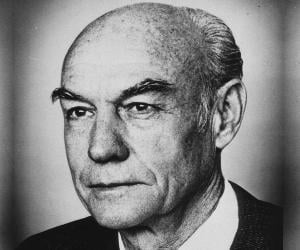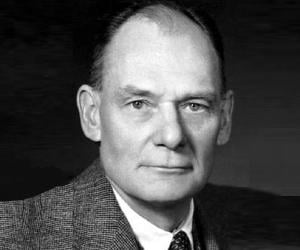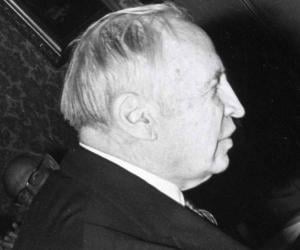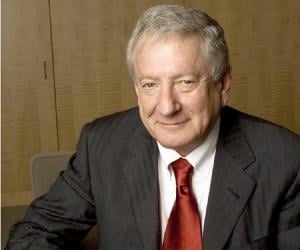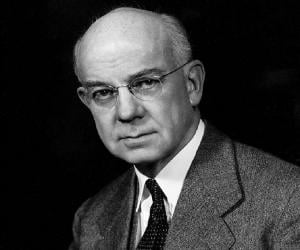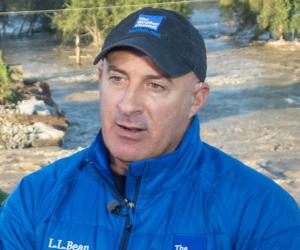
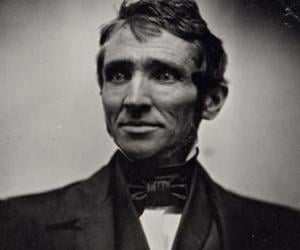
Charles Goodyear was an American manufacturing engineer and self-taught chemist who developed vulcanized rubber. He invented the chemical process to manufacture pliable, moldable, and waterproof rubber which revolutionized the automobile industry. In 1976, Charles Goodyear was inducted posthumously into the National Inventors Hall of Fame.
Barbara McClintock was a scientist and cytogeneticist who received the 1983 Nobel Prize in Physiology or Medicine. She earned her Ph.D. in botany from Cornell University and began her lifelong work in the development of maize cytogenetics. She eventually gained recognition as among the best in the field and was honored with several prestigious awards.
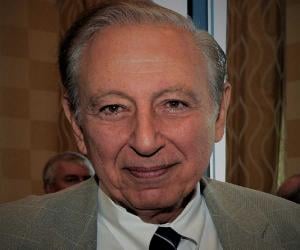
Robert Gallo is an American biomedical researcher best known for his immense contribution in ascertaining HIV as the infectious agent accountable for AIDS. He also played a major role in the progression of the HIV blood test and subsequent HIV research. He is also credited with co-founding the Institute of Human Virology at the University of Maryland School of Medicine.
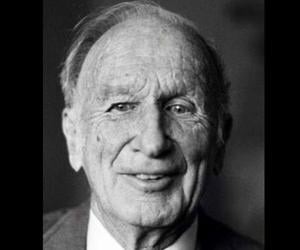
US meteorologist and mathematician Edward Norton Lorenz is remembered for proposing concepts such as the chaos theory/deterministic chaos and the butterfly effect. He also laid down the Lorenz 96 model. The Kyoto Prize winner was associated with the Massachusetts Institute of Technology throughout his research career.
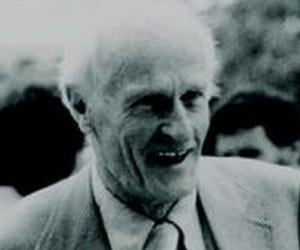
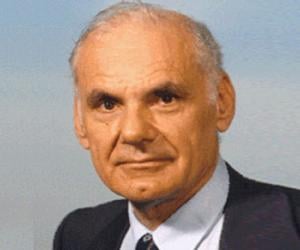
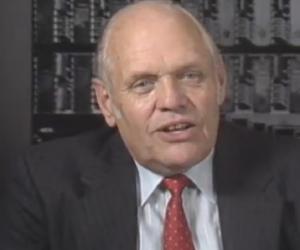
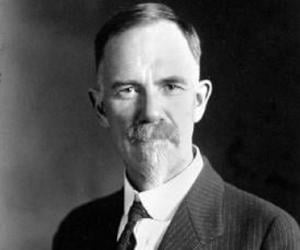
Charles Davenport was a prominent biologist and eugenicist who played an influential role in the American eugenics movement. He earned a Ph.D. in biology and ventured into an academic career. He pioneered new quantitative standards of taxonomy and earned much prominence as a biologist. He later founded the Eugenics Record Office and the International Federation of Eugenics Organizations (IFEO).
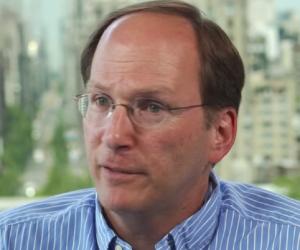
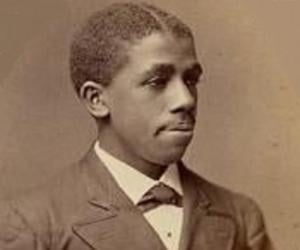
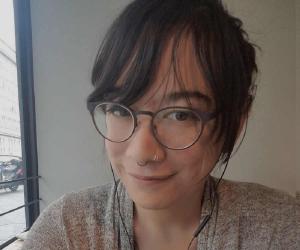
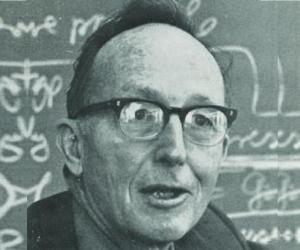
John Franklin Enders was an American biomedical scientist best remembered for winning the Nobel Prize in Physiology or Medicine in 1954 along with Thomas Huckle Weller and Frederick Chapman Robbins for discovering that poliomyelitis viruses have the ability to grow in cultures of different types of tissue. John Franklin Enders is often referred to as the Father of Modern Vaccines.
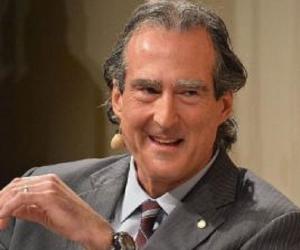
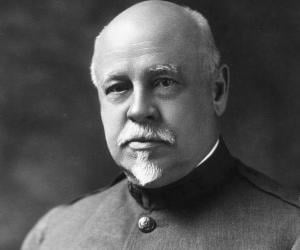
American pharmacologist and Nobel laureate Alfred G. Gilman is best remembered for his research on G proteins. Born to a Yale pharmacology professor and author father, he was destined to make it big in science. He also taught at the University of Virginia and other institutes and co-established a biotechnology company.
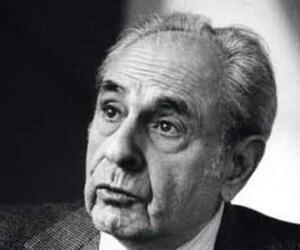
Albert Schatz was an American academic and microbiologist. He is best remembered for his discovery of streptomycin, the first effective antibiotic for the treatment of tuberculosis. In 1994, Albert Schatz was honored for his work with the prestigious Rutgers University Medal.
Nobel Prize-winning chemist Edward Calvin Kendall is best known for his work on isolating thyroxine, or the thyroid hormone, and for crystallizing glutathione. He also revolutionized medical science by curing rheumatoid arthritis with cortisone, the steroid hormone he discovered. He was also associated with the Mayo Foundation and Princeton University.
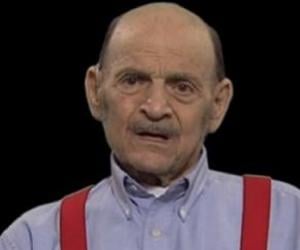
American biophysicist Alexander Rich, who taught at MIT and Harvard, is remembered for discovering polysomes and left-handed Z-DNA. He also founded the pharmaceutical company Alkermes and co-chaired the board of Repligen Corporation. He also won numerous honors, such as the National Medal of Science.
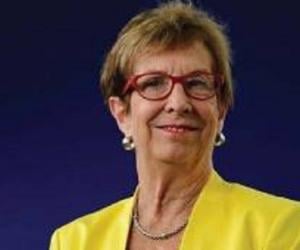
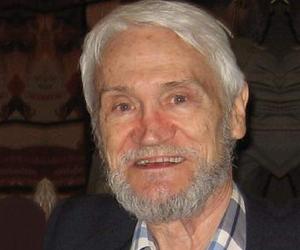
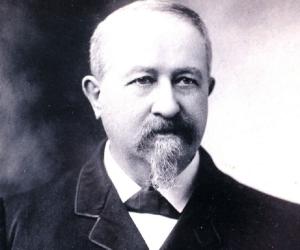
US Army officer, geologist, and seismologist Clarence Dutton is best known for developing the concept of isostasy. He is also remembered for his vivid descriptions of the geology of Grand Canyon. He was a co-founder of the Cosmos Club and was part of the National Academy of Sciences.
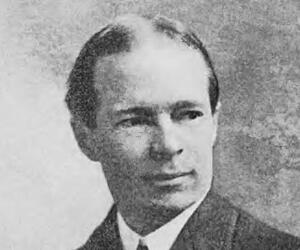
American botanist and ecologist Henry Chandler Cowles is noted for his pioneering work in ecological succession in the Indiana Dunes of Northwest Indiana while serving as professor at the University of Chicago. His study led the area to gain international attention leading to efforts to preserve it. A field-study location of Cowles is presently named after him as Cowles Bog.
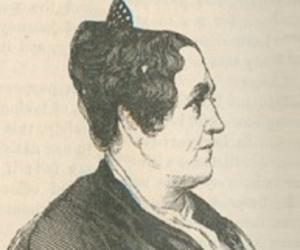
Almira Hart Lincoln Phelps was an American educator, scientist, author, and editor. She is best remembered for her botany writings, which influenced several other American women to be botanists like her daughter Augusta Newton Foote Arnold and contemporary Eunice Newton Foote. Almira Hart Lincoln Phelps' long life was dedicated to the education of women, especially young women.
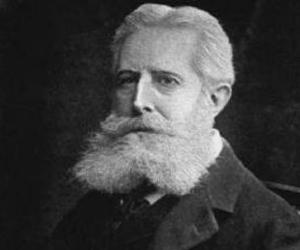
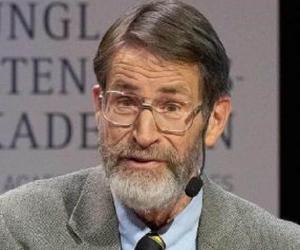
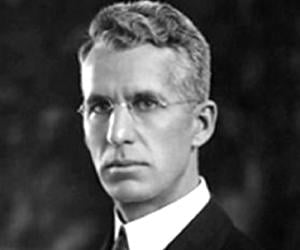
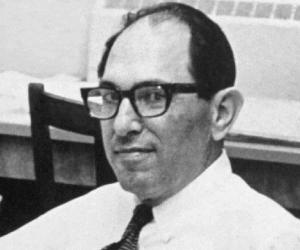
US meteorologist Jerome Namias is largely remembered for his research on the El Niño. His studies helped in the development of climate prediction immensely. He also helped the Allies with forecasting during World War II and was associated with the Massachusetts Institute of Technology for most of his career.
